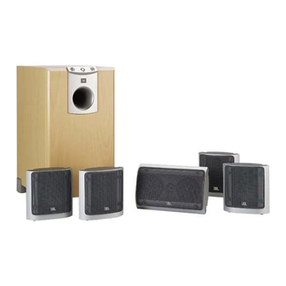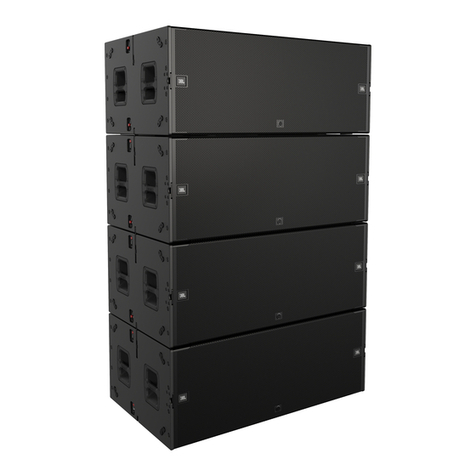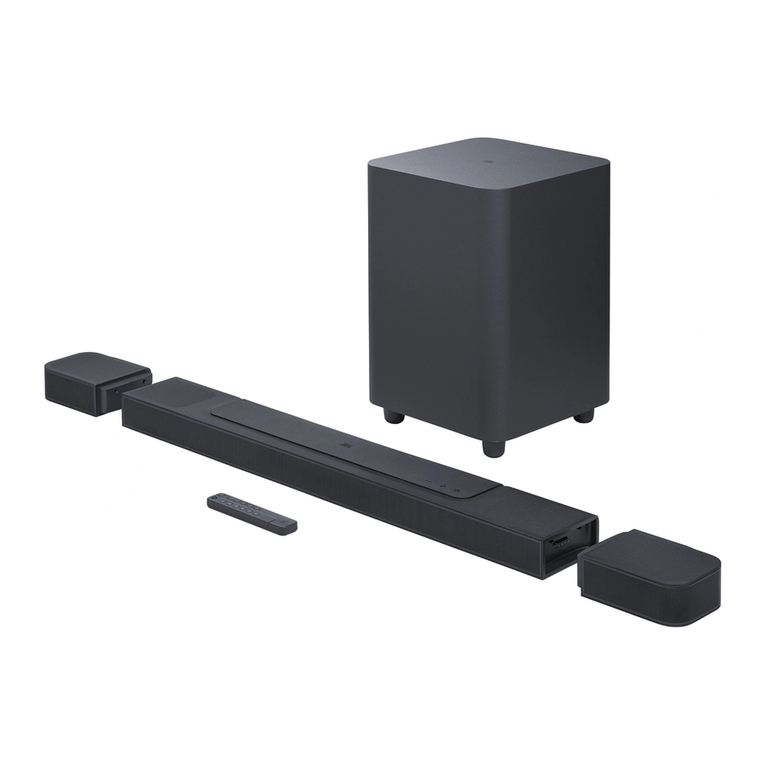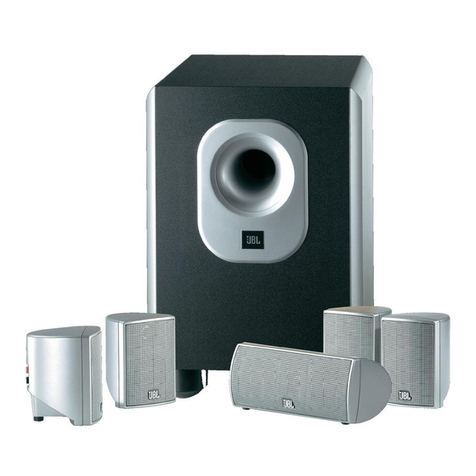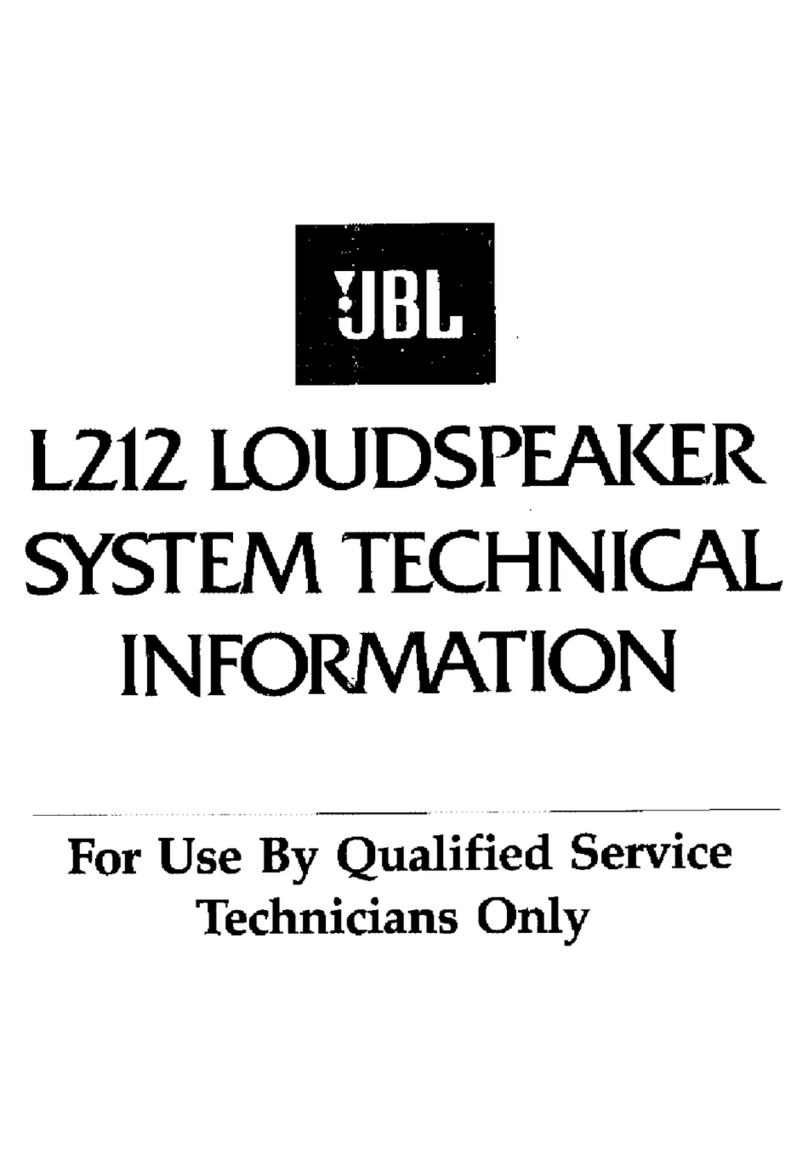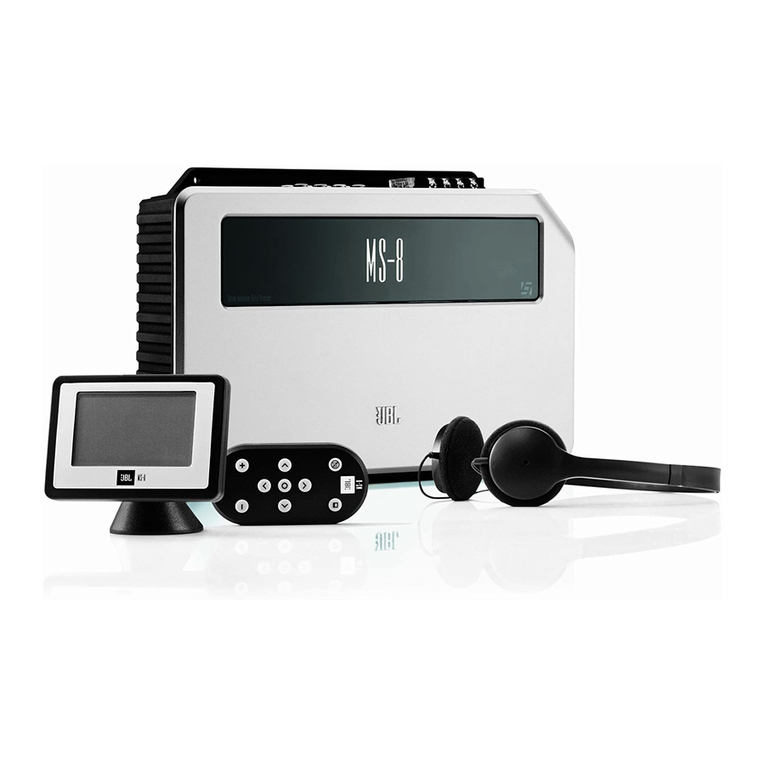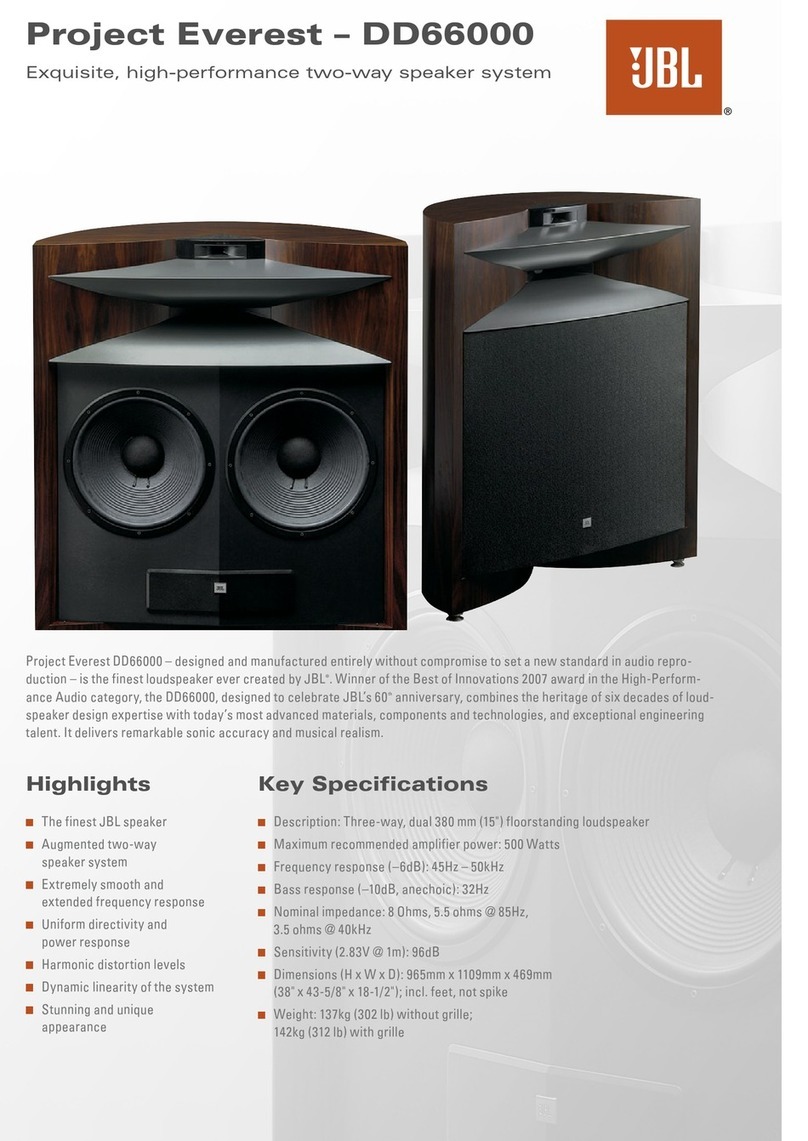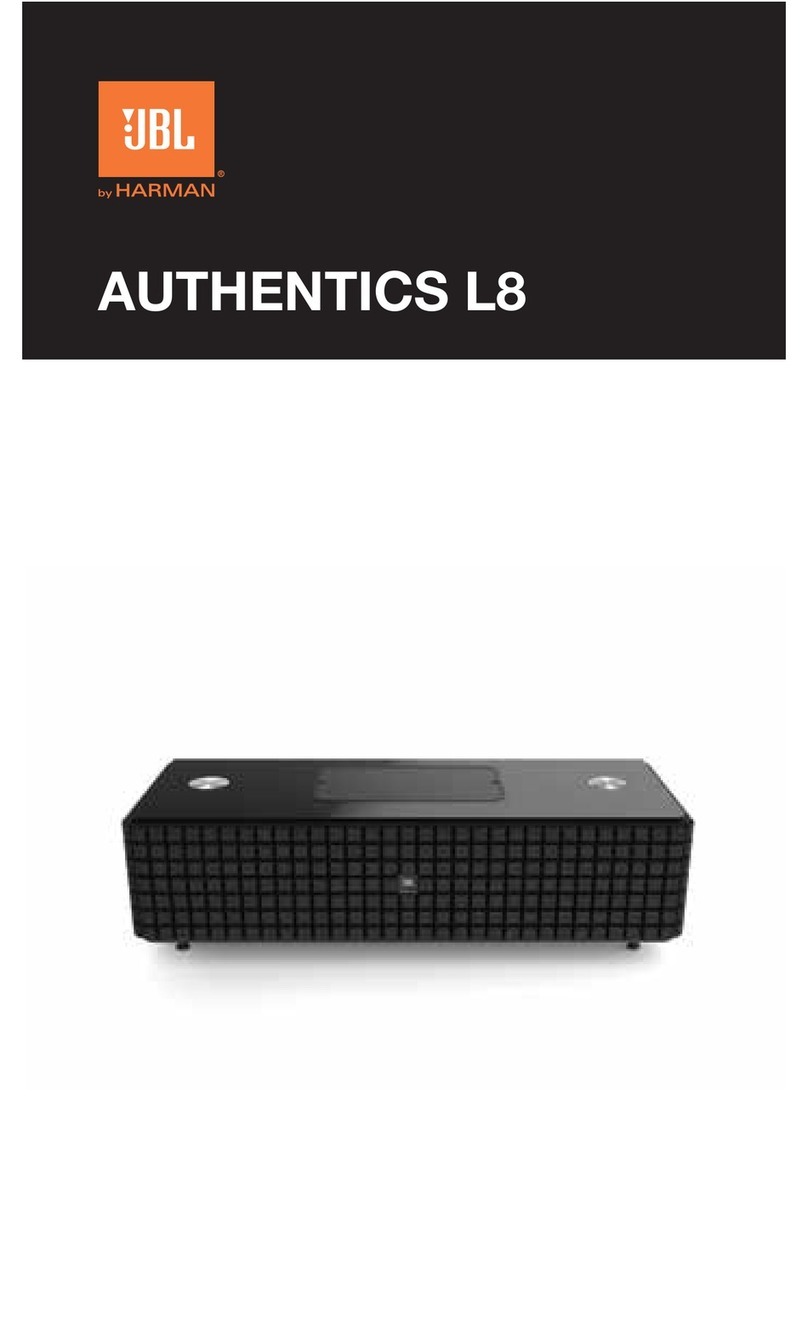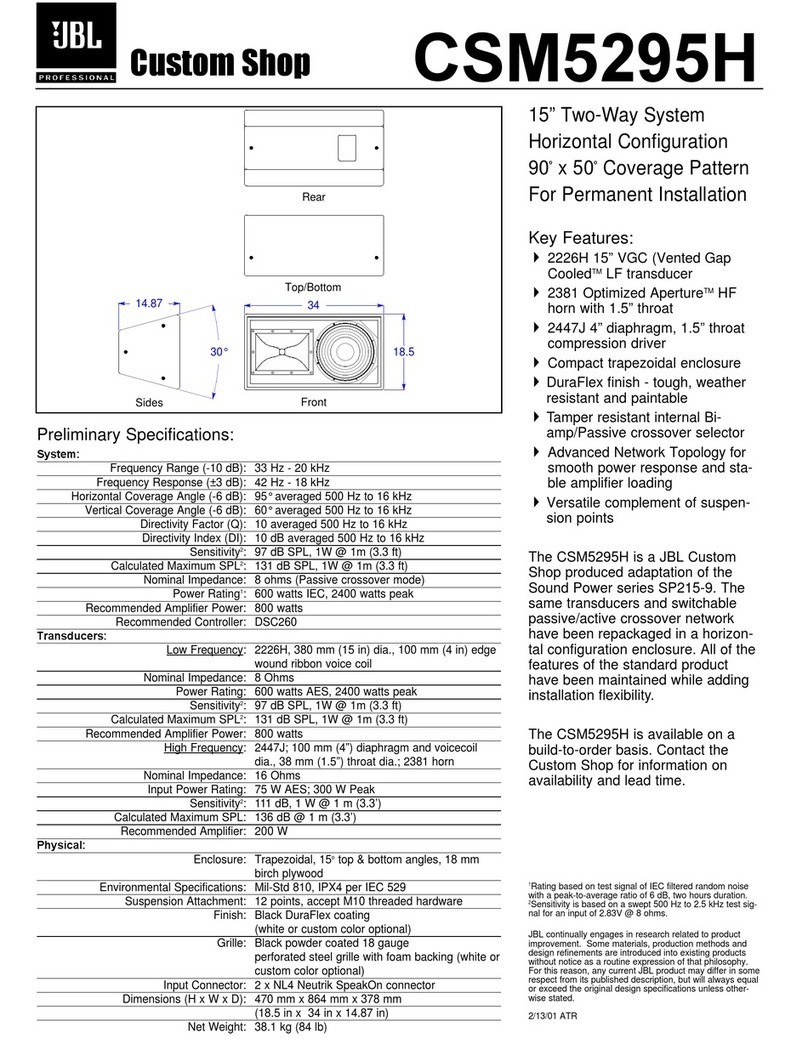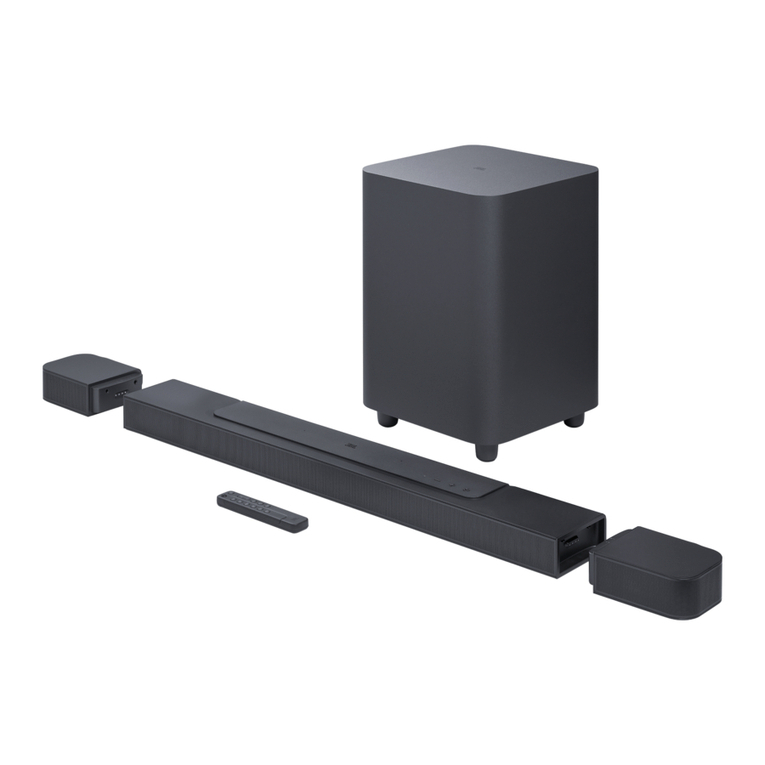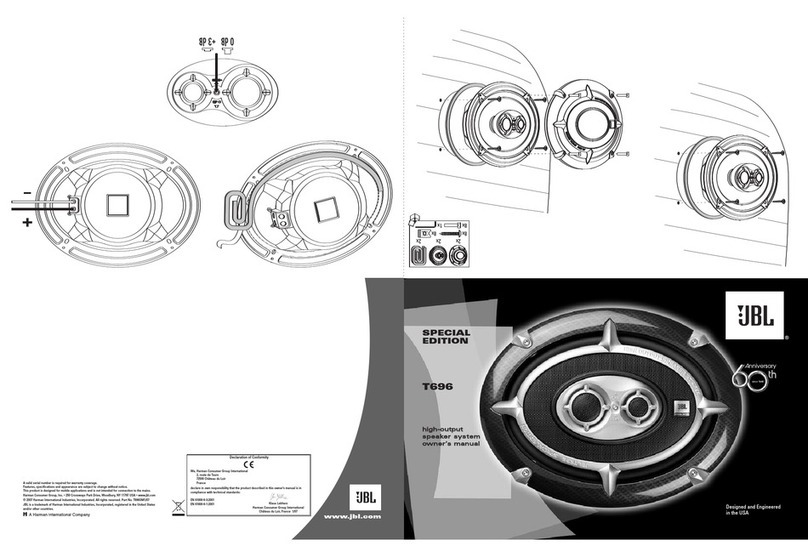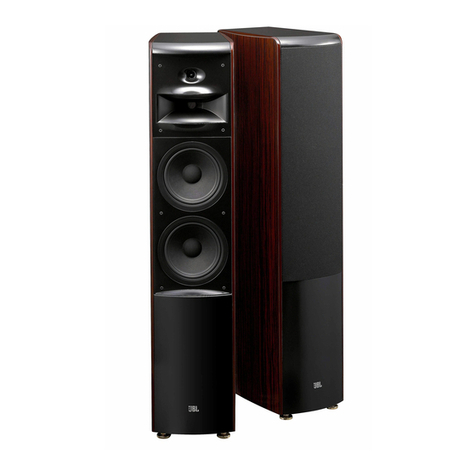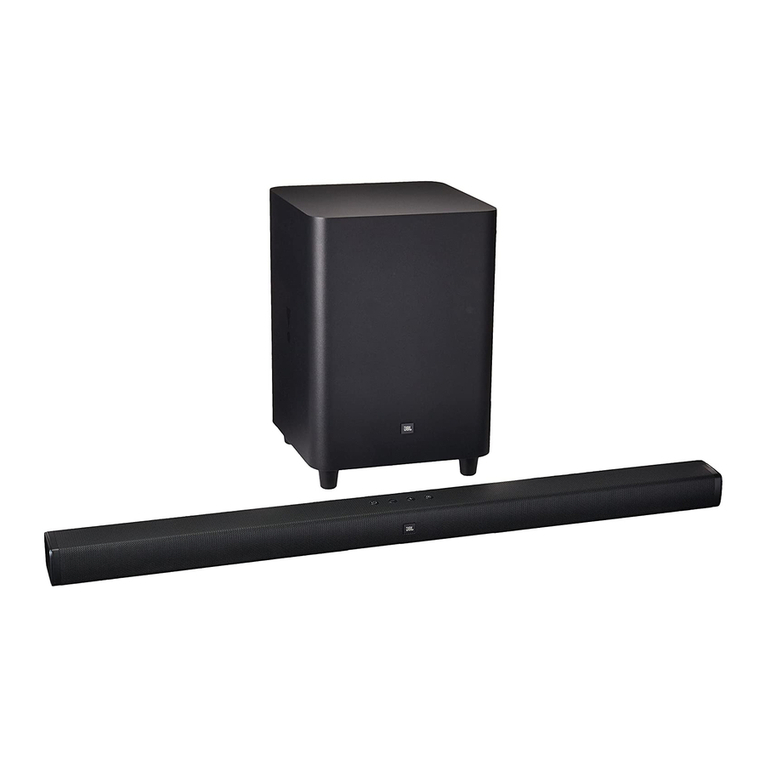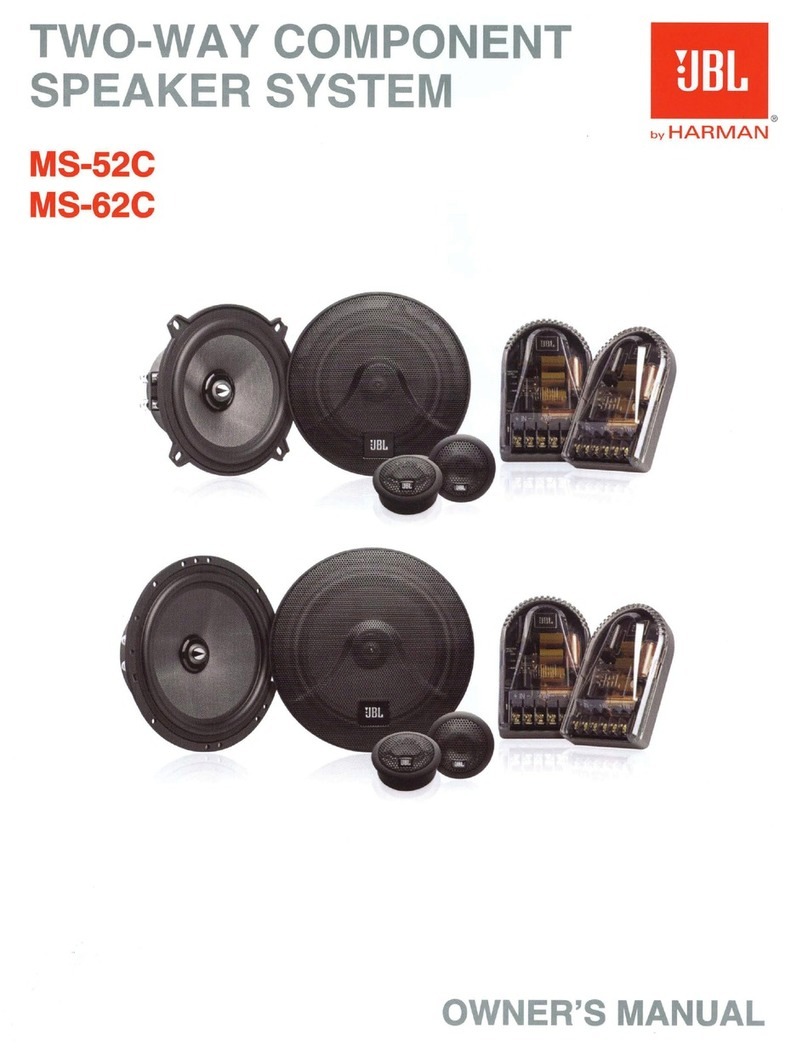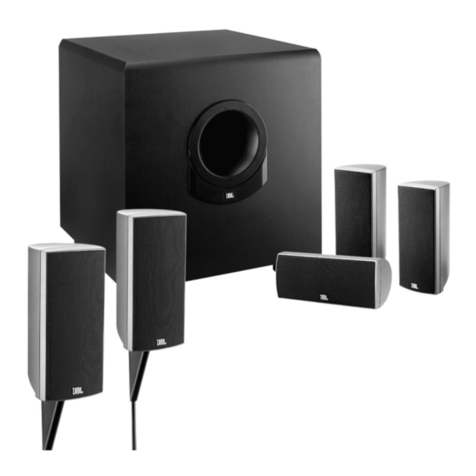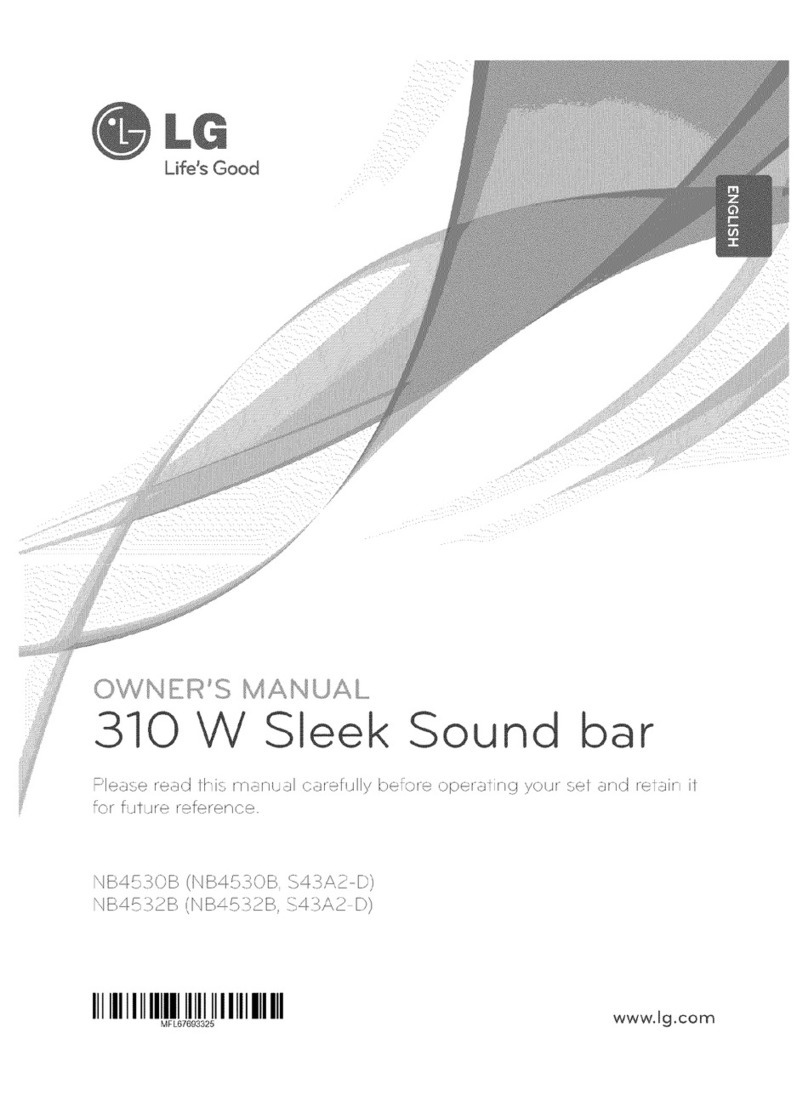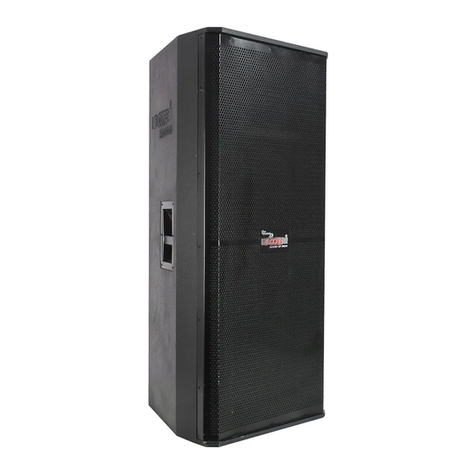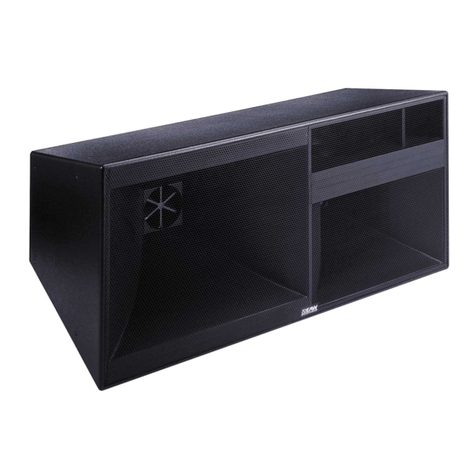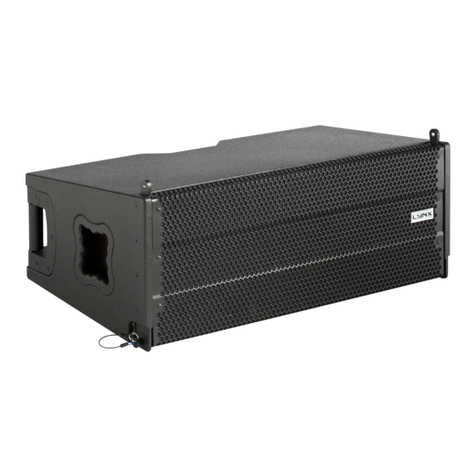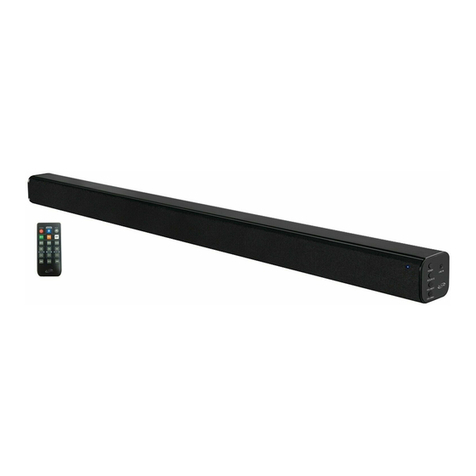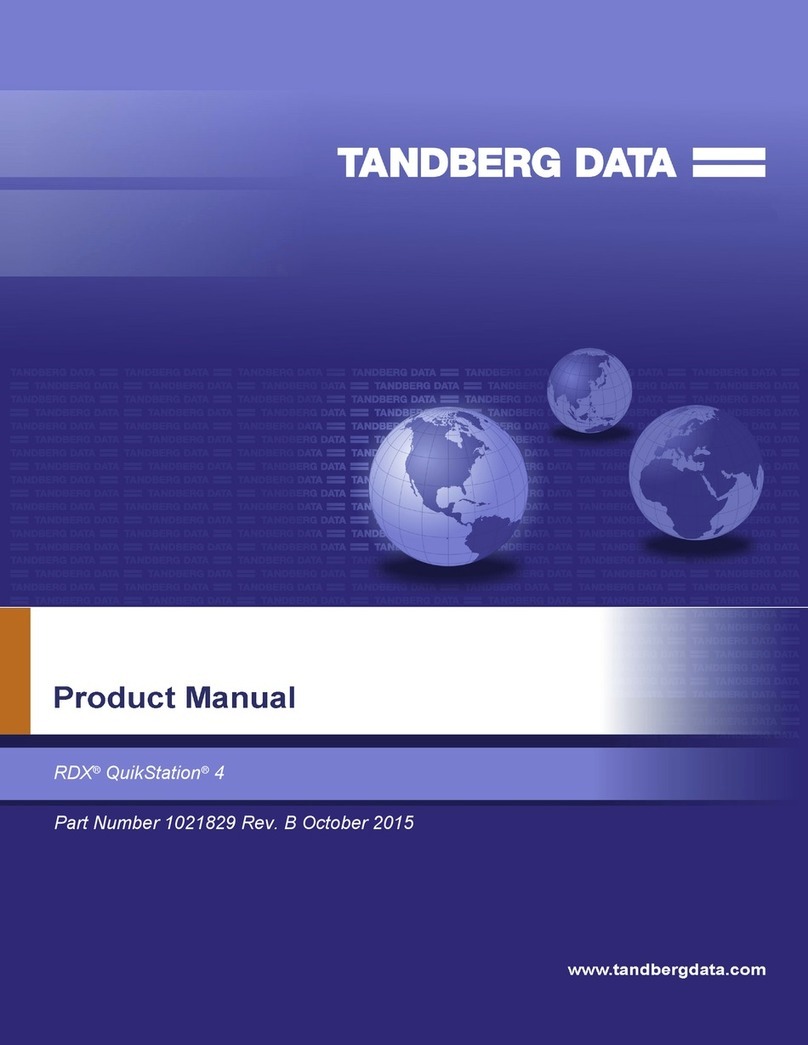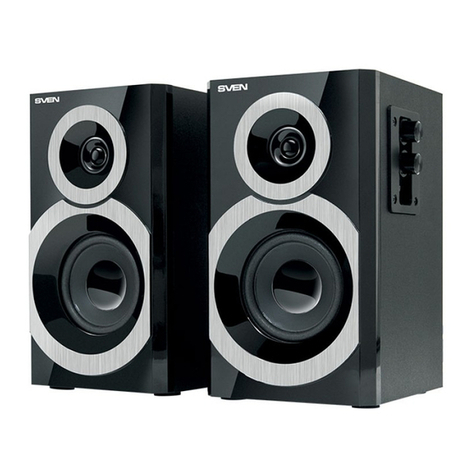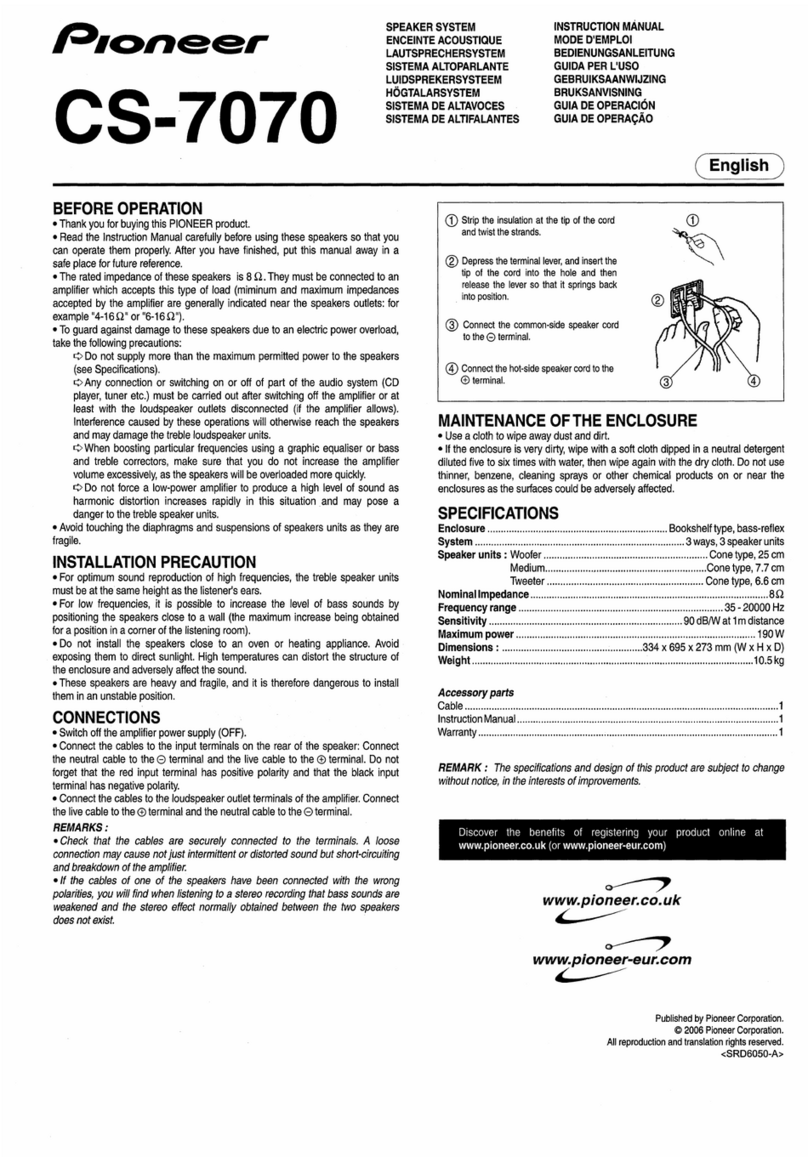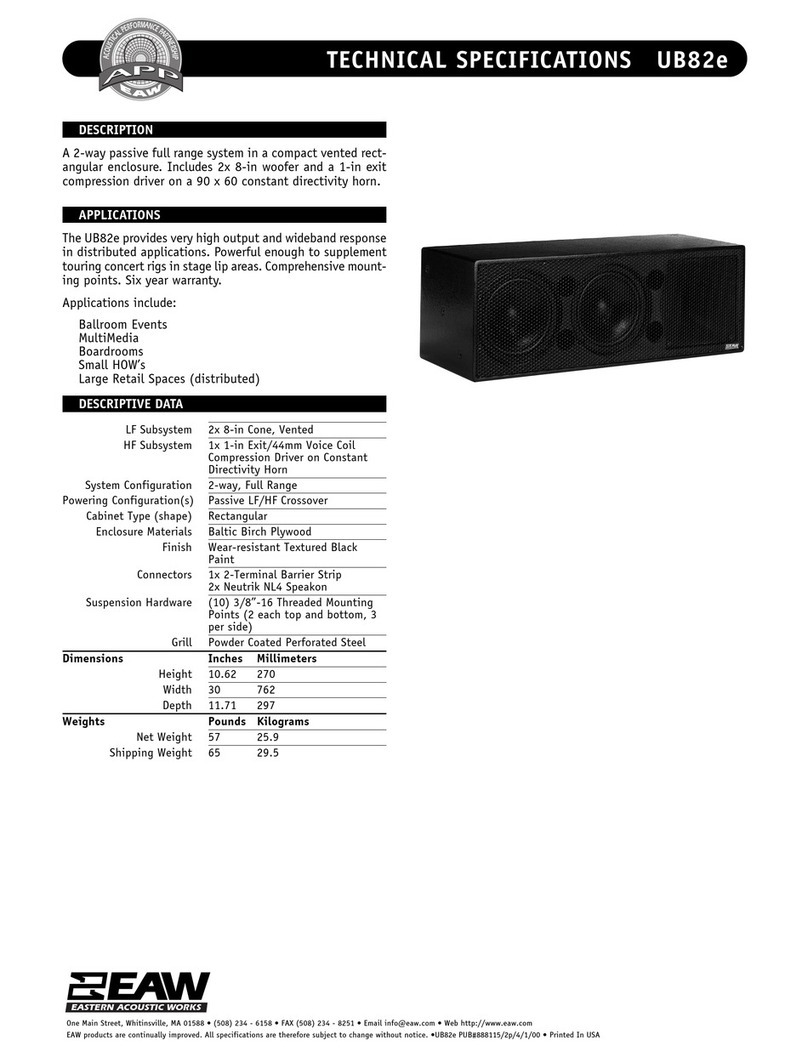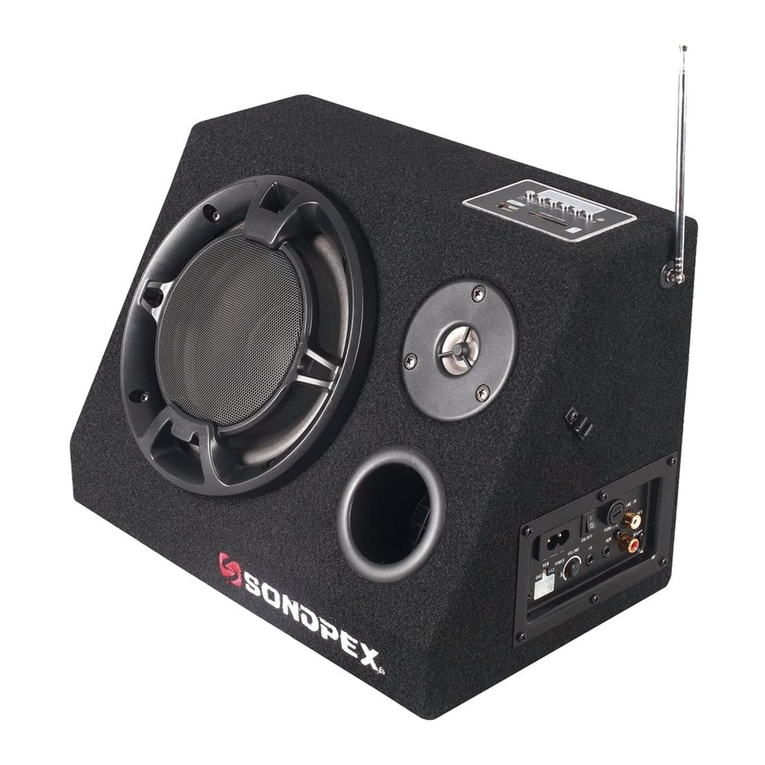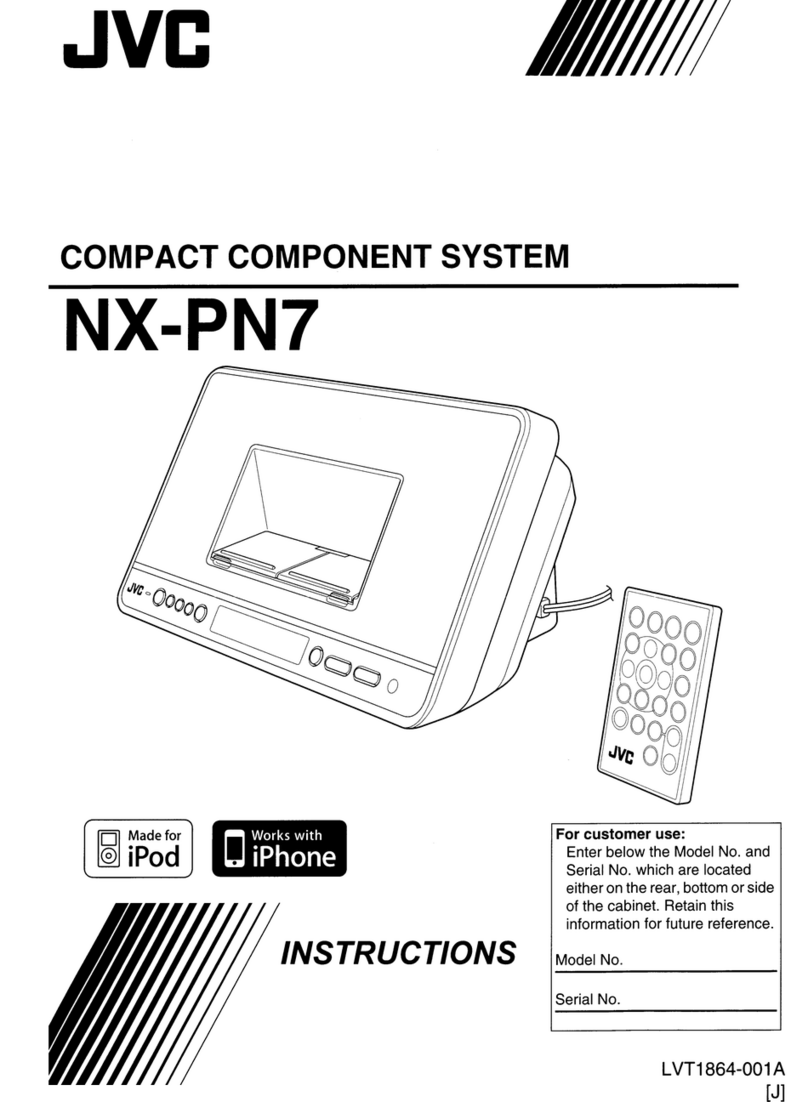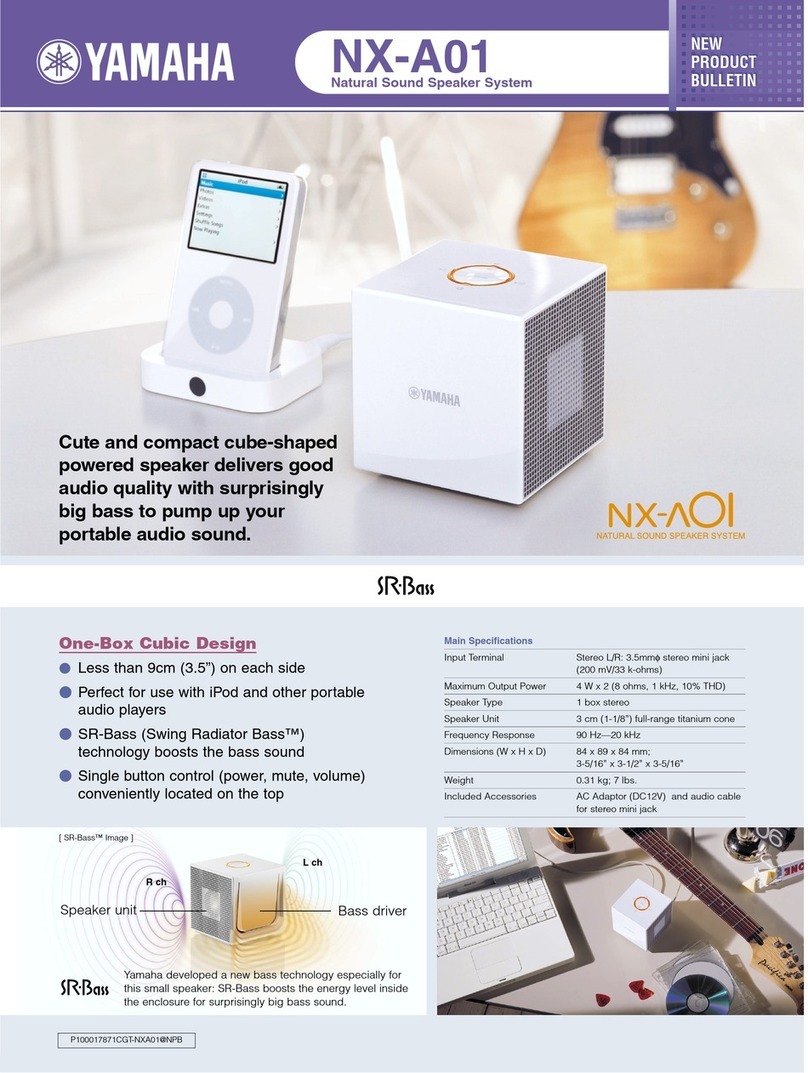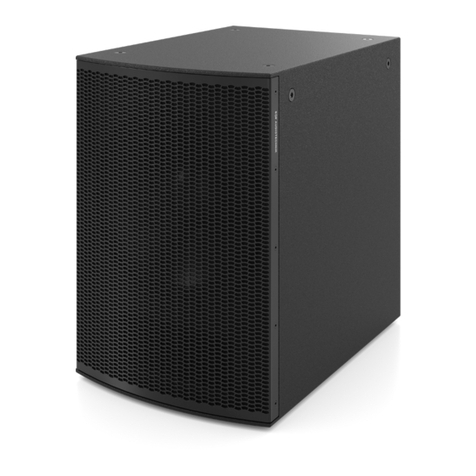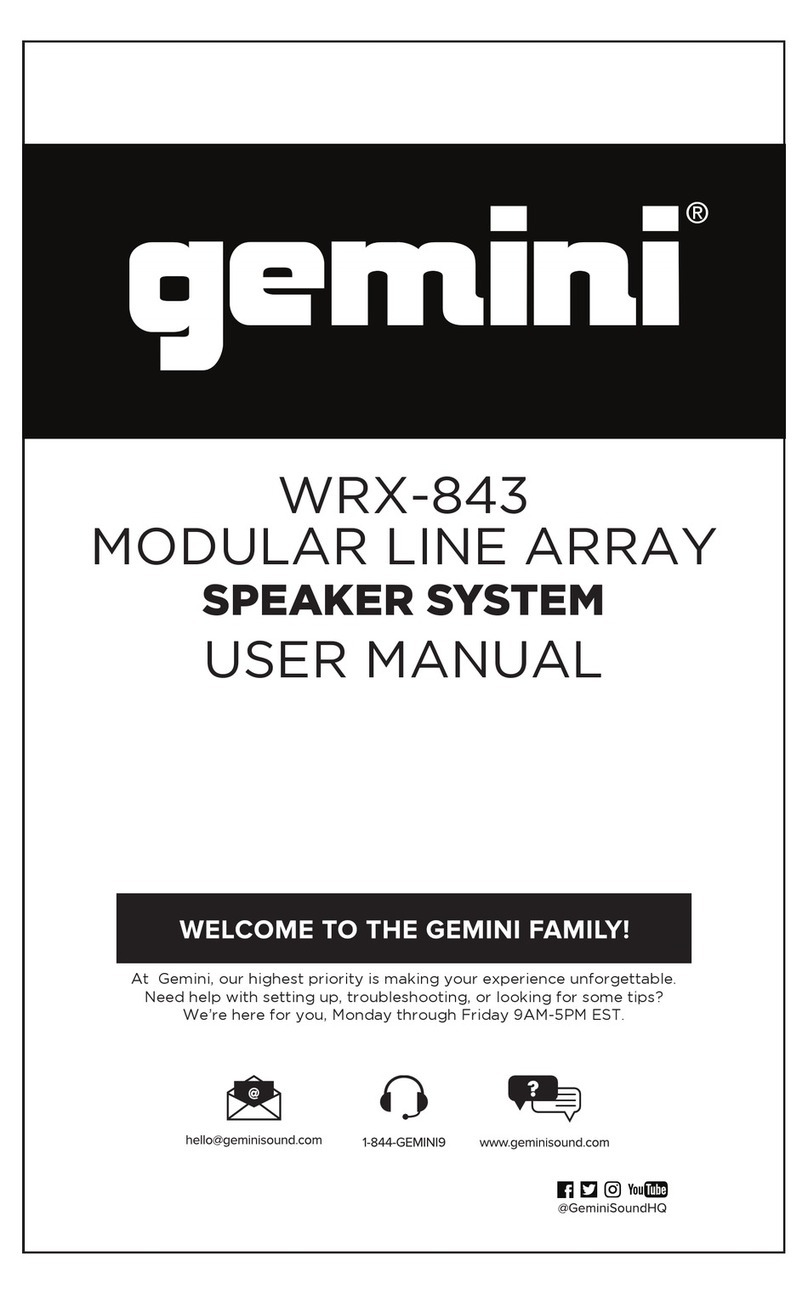4
EVOI.SYS
THANK YOU
Thank you for purchasing an EVOi.sys the first Fully
Designed Sound Reinforcement System. You have just taken
delivery of the World’s most comprehensive designed sound
reinforcement system. Everything is supplied to get a profes-
sional sound reinforcement system up and running in the
shortest possible time with the minimum of stress and the
most reliability. For maximum satisfaction and optimum
results please read this guide thoroughly. You will be required
to understand the placement of EVOi.324 loudspeakers and
the operation of EVOi.net and will be directed to the relevant
sections in this guide. However, through the intricate digital
design and integration of sound system technology a large
portion of tedious system installation and configuration has
been eliminated.
DESIGN OVERVIEW
EVOi.sys has been specifically designed to provide all the
elements of a sound reinforcement system in one simple to
order, quick to install, easy to set-up and straight forward to
operate package. The professional nature, performance and
quantity of equipment supplied has been finely tailored to
suit sound reinforcement applications in performing arts,
worship space, educational and civic venues of up to five
hundred seat capacity. For larger venues, provision has been
made such that additional EVO loudspeakers can be added to
the system. For complex productions additional wired and
wireless microphone can be easily added.
FCC STATEMENT
This equipment has been tested and found to comply with the limits for a Class B digital device, pursuant to Parts 74, 15, and
90 of the FCC Rules. These limits are designated to provide reasonable protection against harmful interference in a residential
installation. This equipment generates, uses and can radiate radio frequency energy and, if not installed and used in accordance
with the instructions, may cause harmful interference to radio communications. However, there is no guarantee that interference
will not occur in a particular installation. If this equipment does cause harmful interference to radio or television reception,
which can be determined by turning the equipment off and on, the user is encouraged to try to correct the interference by one
or more of the following measures:
•Reorient or relocate the receiving antenna.
•Increase the separation between the equipment and the receiver.
•Connect the equipment to an outlet on a circuit different from that to which the receiver is connected.
•Consult the dealer or an experienced radio/TV technician for help.
Shielded cables and I/O cards must be used for this equipment to comply with the relevant FCC regulations. Changes or
modifications not expressly approved in writing by AKG may void the user's authority to operate this equipment.
This device complies with Part 15 of the FCC Rules. Operation is subject to the following two conditions: (1) this device may
not cause harmful interference and (2) this device must accept any interference received, including interference that may cause
undesired operation.

